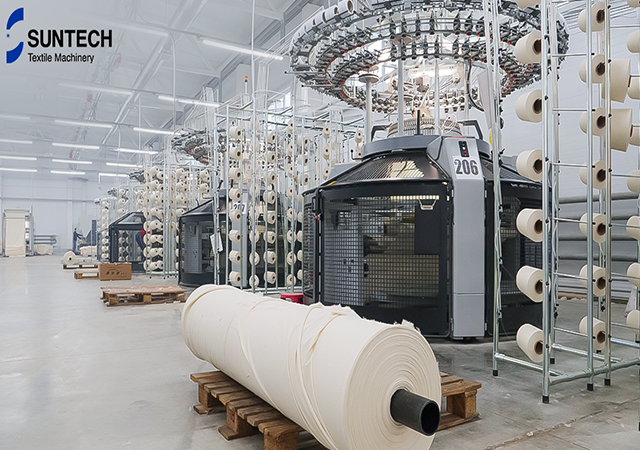The textile industry, a cornerstone of many developing economies, thrives on global trade. Yet, navigating the intricate web of international trade agreements (ITAs) and regulations can be daunting for these countries. However, within this complex landscape lies immense potential for development, if harnessed effectively.
The Lay of the Land:
The WTO Agreement on Textiles and Clothing (ATC): This agreement, phasing out quotas in 2005, paved the way for increased competition. Developing countries lost preferential access to developed markets, forcing them to adapt and improve.
Free Trade Agreements (FTAs): Bilateral or regional agreements like the US-Singapore FTA offer preferential tariffs and reduced trade barriers, potentially boosting exports from developing countries.
Technical Barriers to Trade (TBTs): These regulations, often stringent, can hinder exports from developing countries due to their lack of infrastructure and technical expertise for compliance.
Challenges and Opportunities:
Limited capacity: Developing countries often lack the resources and expertise to understand and utilize ITAs fully.
Non-tariff barriers: Even with reduced tariffs, quotas, and licenses, non-tariff barriers like stringent quality and environmental standards can pose challenges.
Supply chain vulnerabilities: Reliance on imported raw materials and complex global supply chains can expose developing countries to external shocks.
Harnessing the Potential:
Capacity building: Investing in technical assistance and training programs can help developing countries understand and utilize ITAs effectively.
Diversification and value addition: Moving beyond raw materials and basic garments towards higher value-added products like finished apparel can increase profit margins and competitiveness.
Regional collaboration: Sharing best practices and expertise within regional blocs can strengthen negotiating power and facilitate knowledge transfer.
Leveraging technology: Embracing digital solutions for trade facilitation and supply chain management can enhance efficiency and transparency.
Sustainable practices: Aligning with international standards on sustainability can open up new markets and attract eco-conscious consumers.

The Road Ahead:
The textile industry remains a vital engine of economic growth for developing countries. These countries can weave a path towards sustainable and inclusive development by understanding and leveraging ITAs and regulations, investing in capacity building, and embracing innovation. Remember, the key lies not just in market access, but in building a resilient and competitive textile sector that thrives on quality, innovation, and ethical practices.
Asia is the largest region for textile production, with countries such as China, India, and Bangladesh being major players in the industry. However, other regions such as Europe, North America, and Africa are also important players in the global textile industry.
Overall, the global economic status of the textile industry is complex and dynamic, with various factors impacting its growth and development. However, the industry remains an important contributor to the world's economy and is expected to continue to evolve and adapt to changing trends and demands.
The global textile industry is facing several challenges in the current economic climate. These include:
1. Increasing competition from cheaper Asian manufacturers.
2. The rising cost of raw materials, energy, and transport.
3. Pressure to reduce prices in order to compete with Asia.
4. Sourcing issues due to the closure of many European and North American factories.
5. overcapacity in the industry which is leading to consolidation and job losses.
In conclusion, the global economic condition of the textile industry is a complex and ever-changing landscape. Different countries have different levels of innovation, which may lead to greater or lesser success within this sector. As such, investors and stakeholders in an area’s textile industry need to keep abreast of all developments related to its current market conditions. Having a more thorough understanding of their core business can help them stay ahead of potential challenges and thrive in an increasingly competitive marketplace.
SUNTECH Textile Machinery as the global leading expert of automatic textile machinery, has the range of products encompasses almost all fabric types, including material handling equipment, like motorized beam trolley, and beam storage, SUNTECH Textile Machinery continues to lead the textile industry with its innovative approach and extensive experience. We will always be your best partner to support your development.




